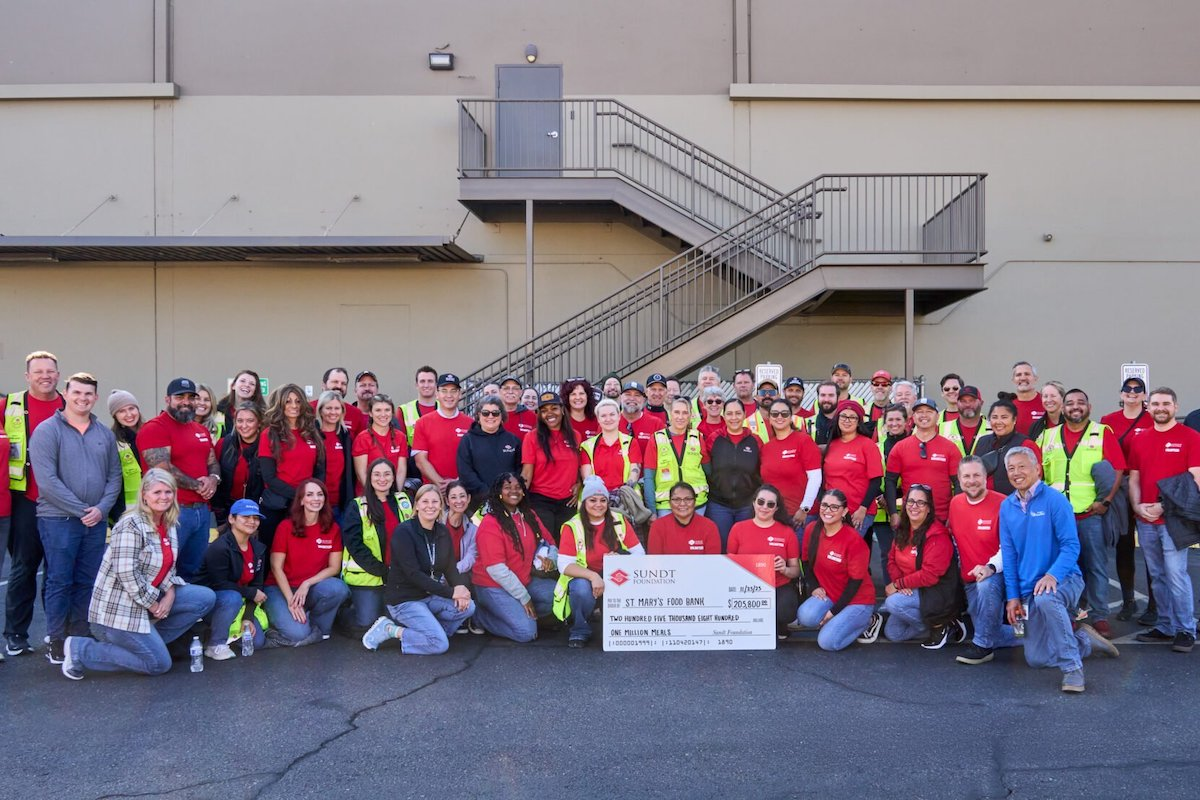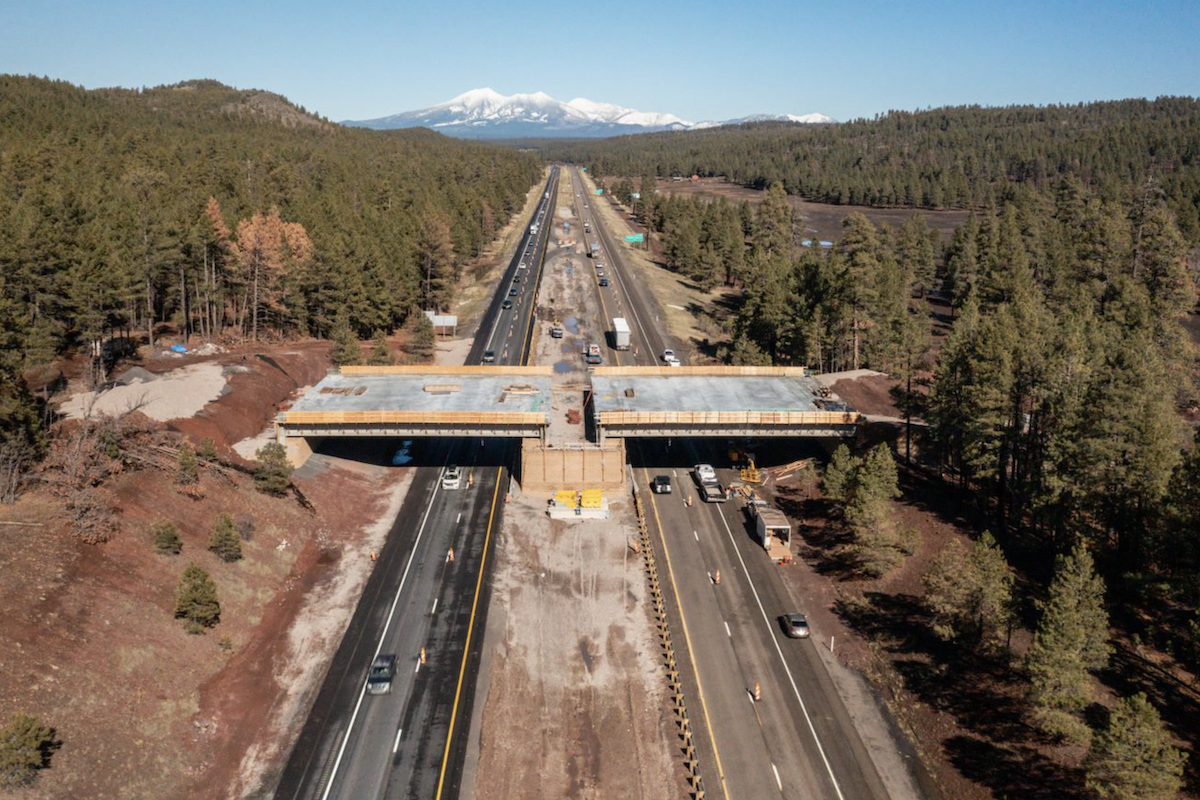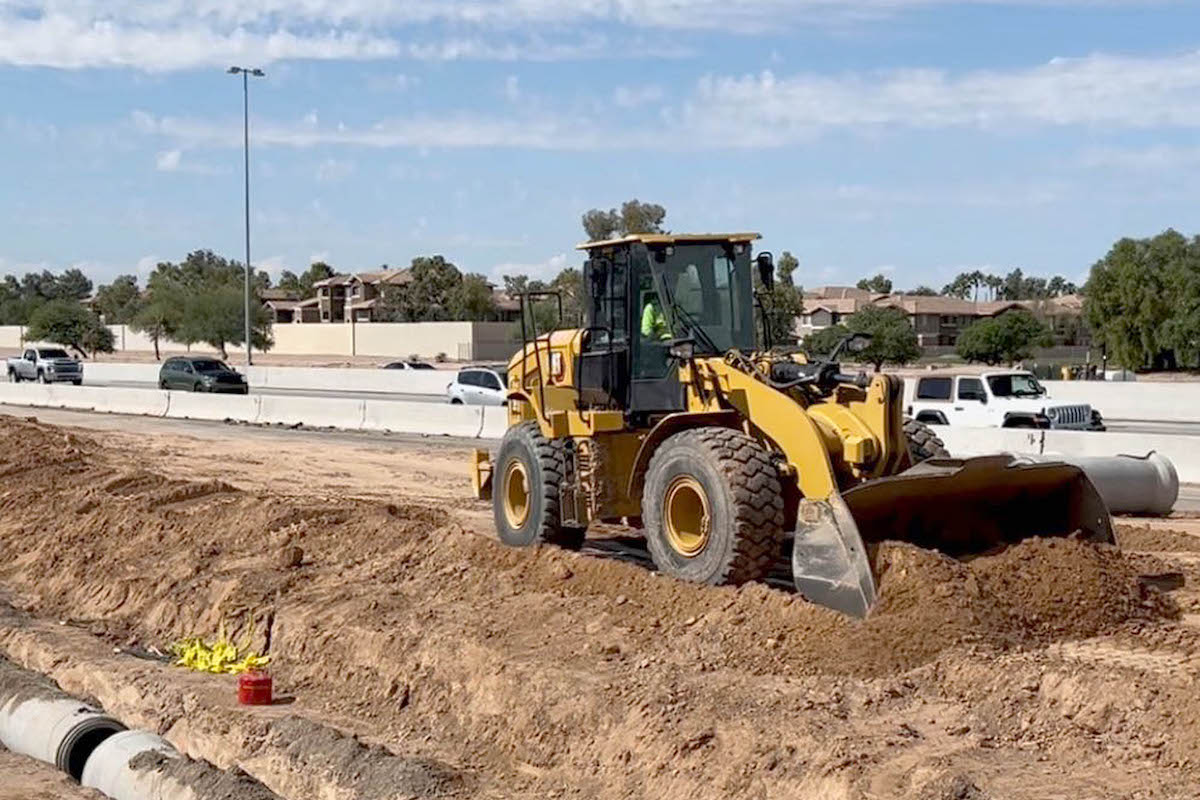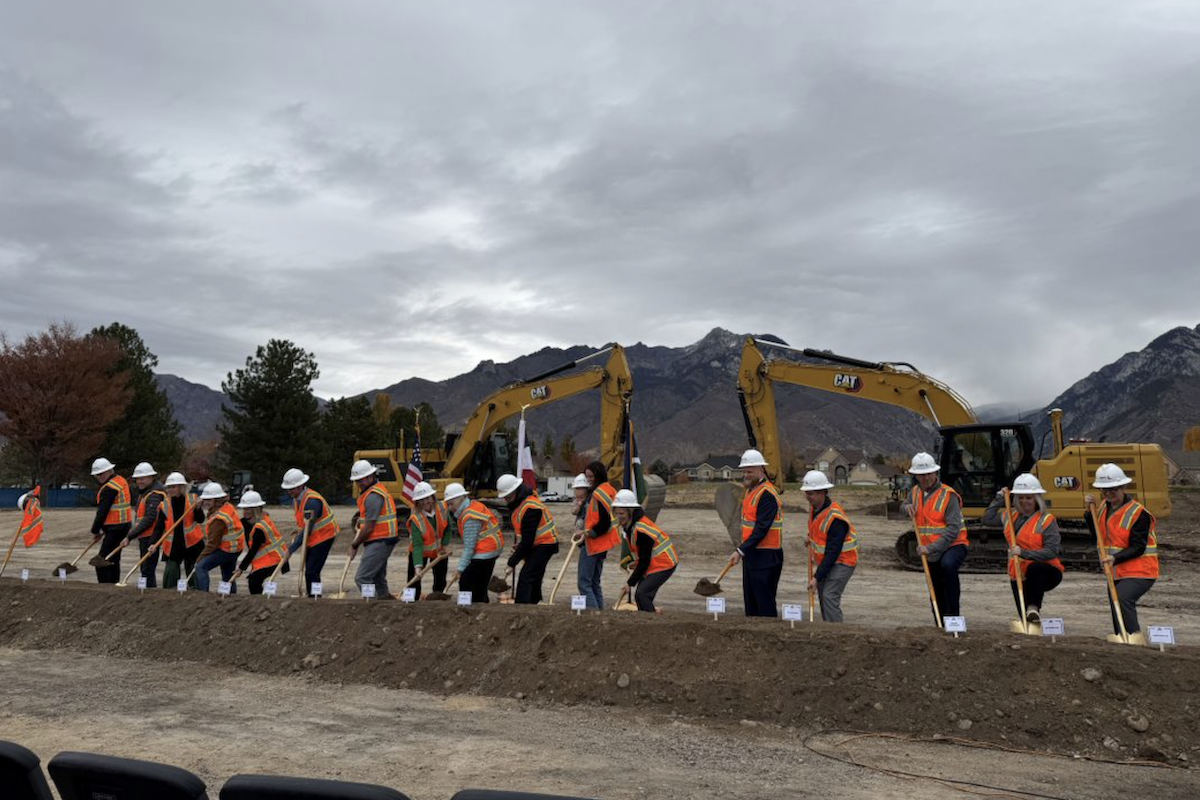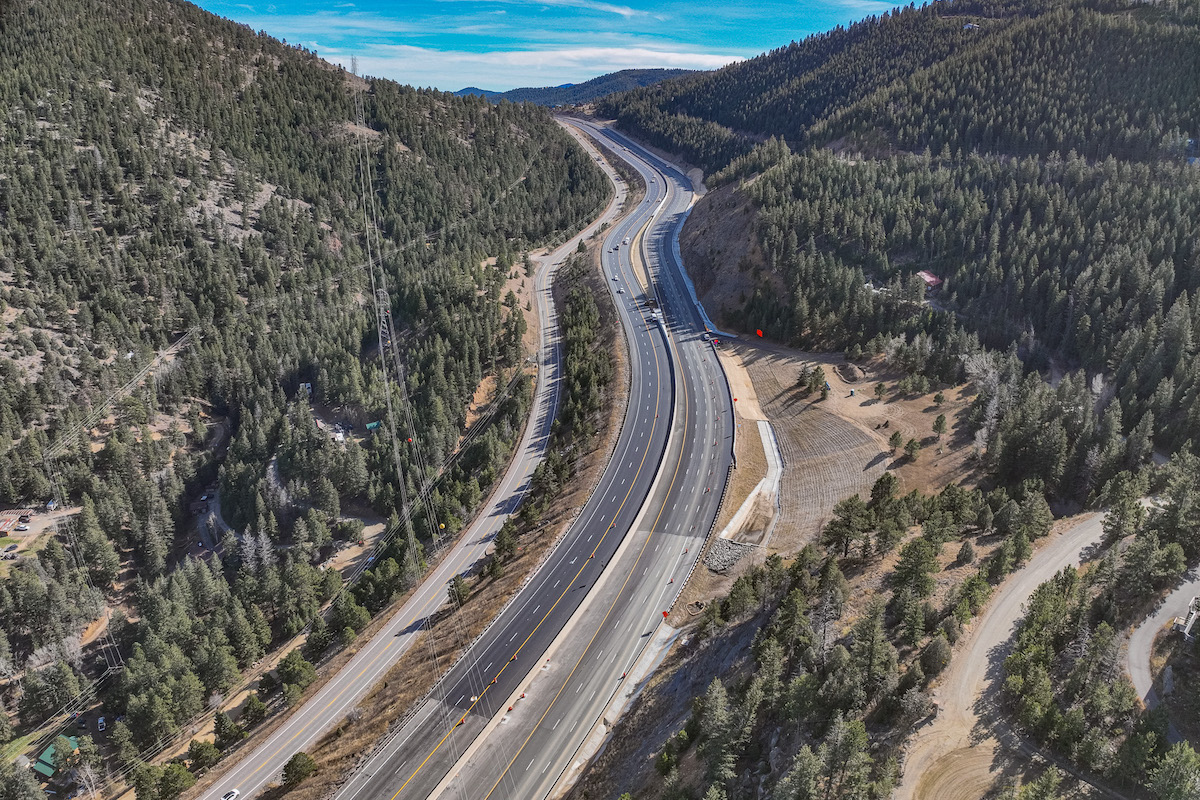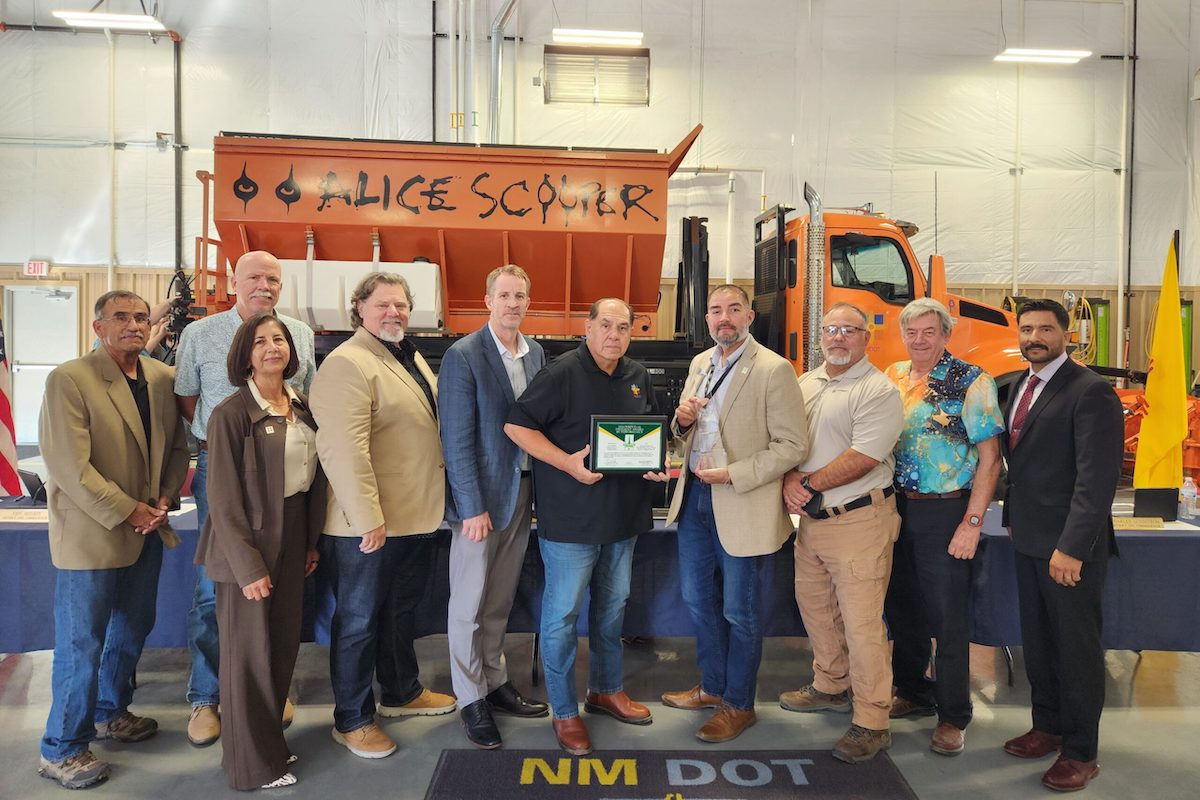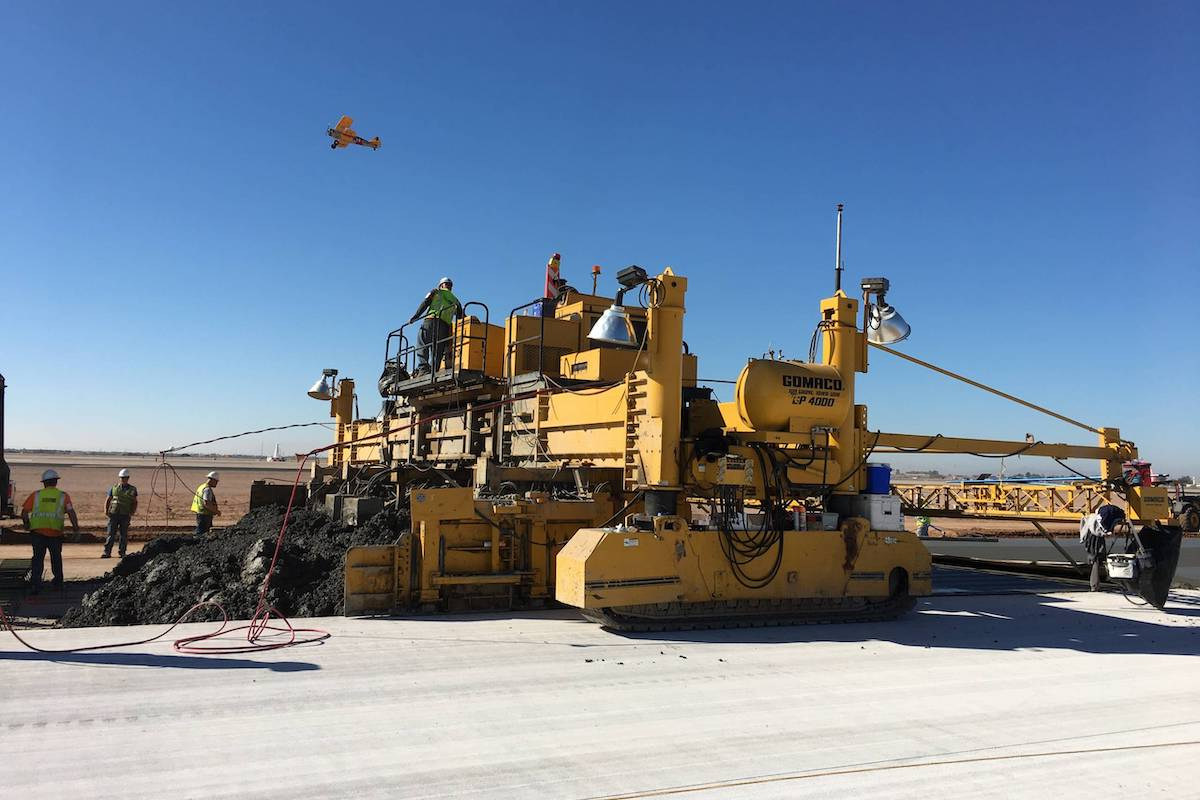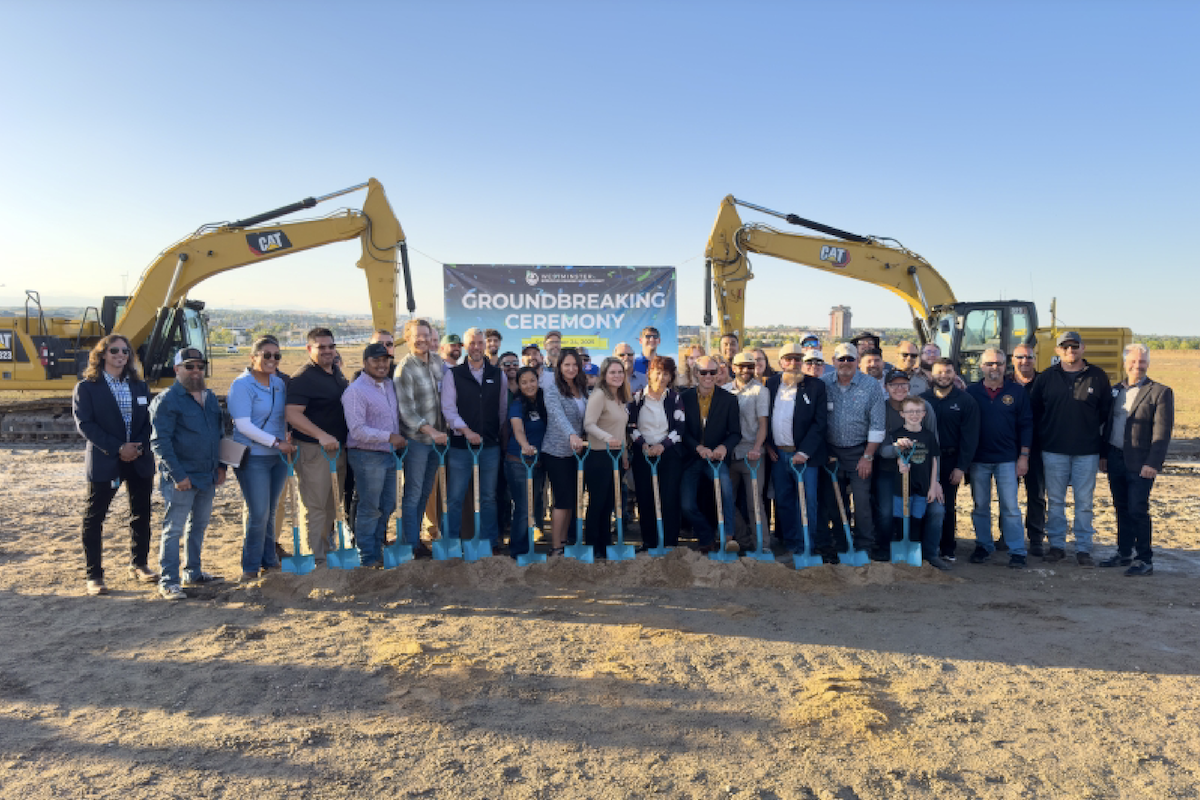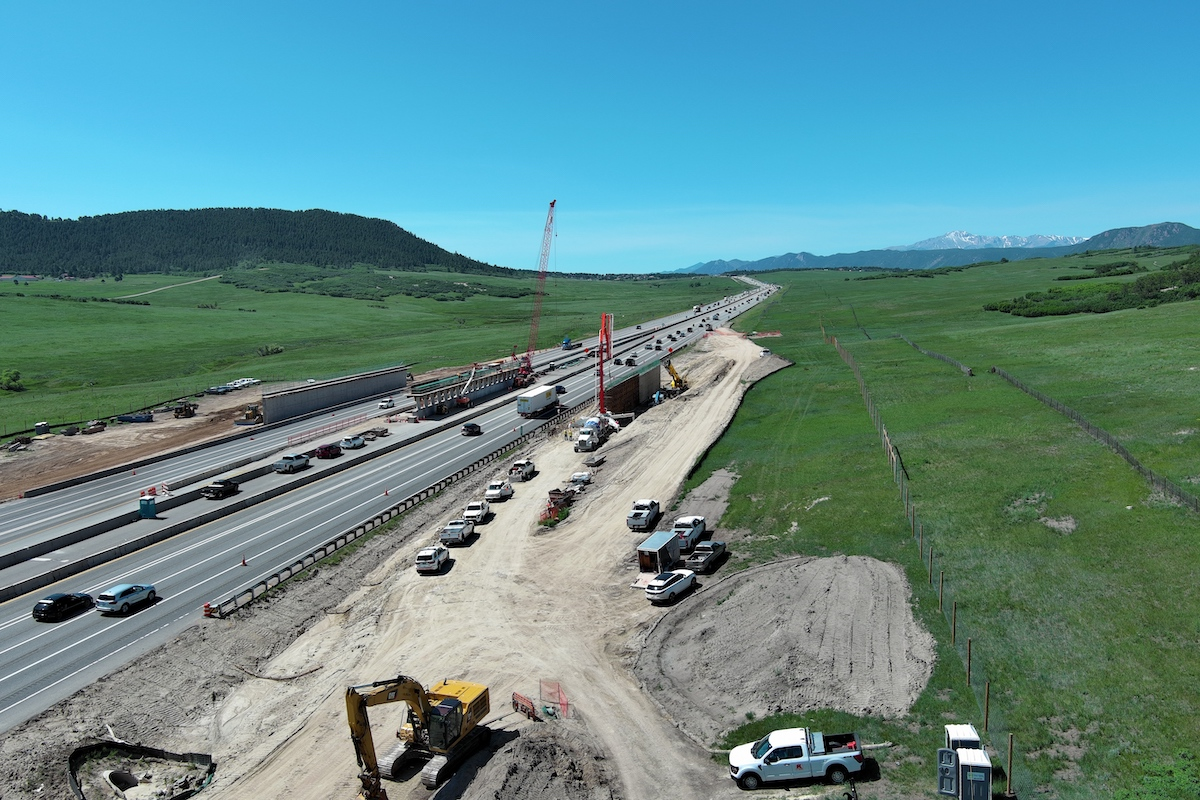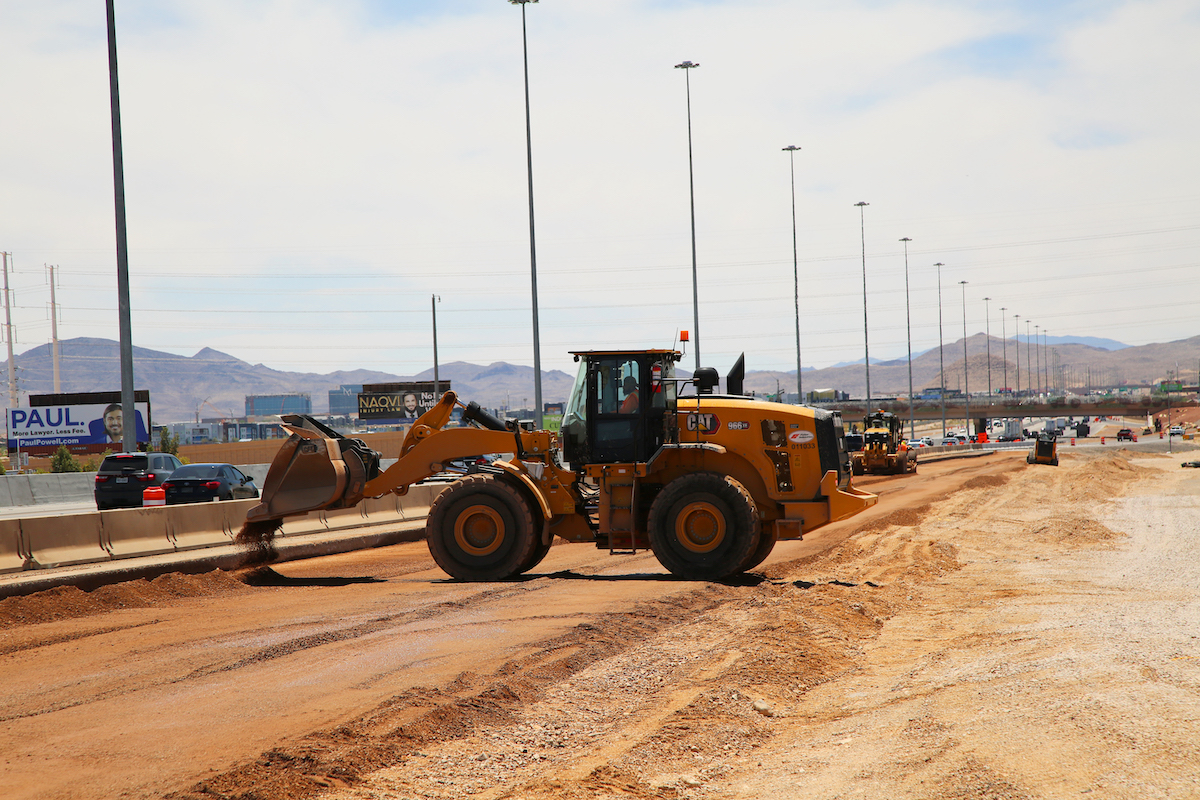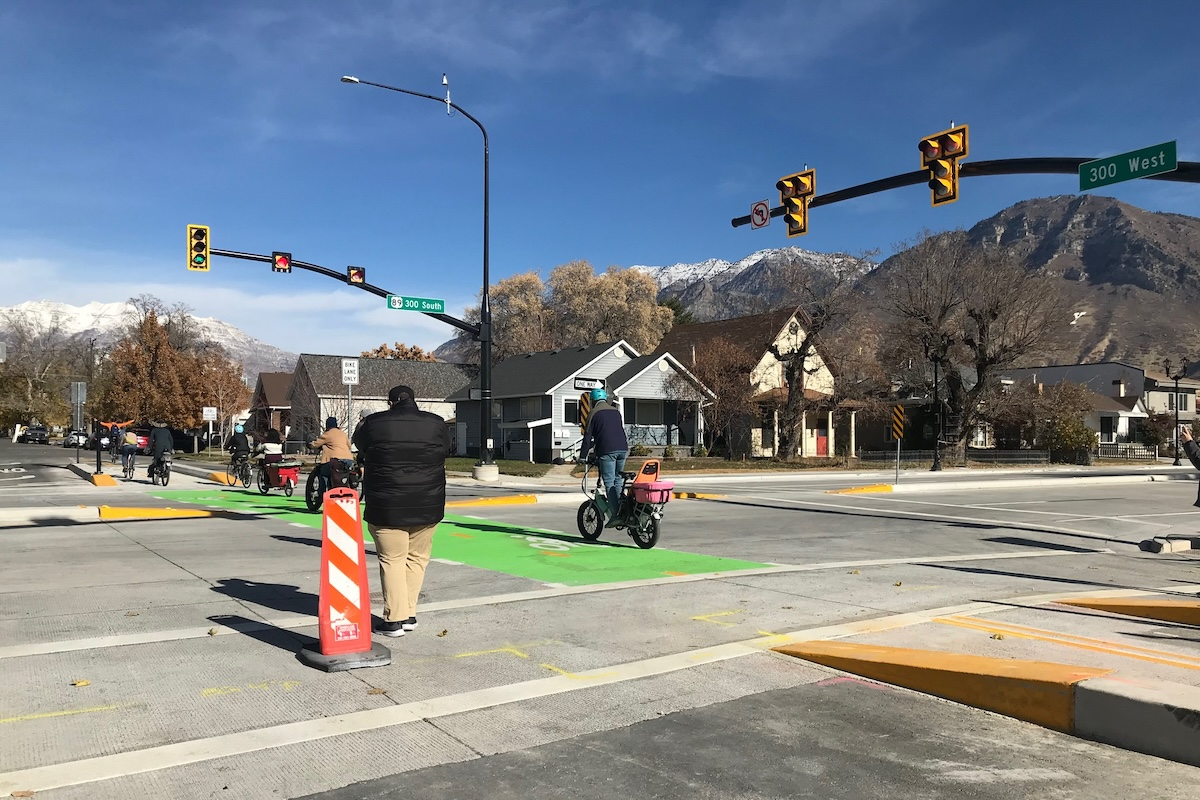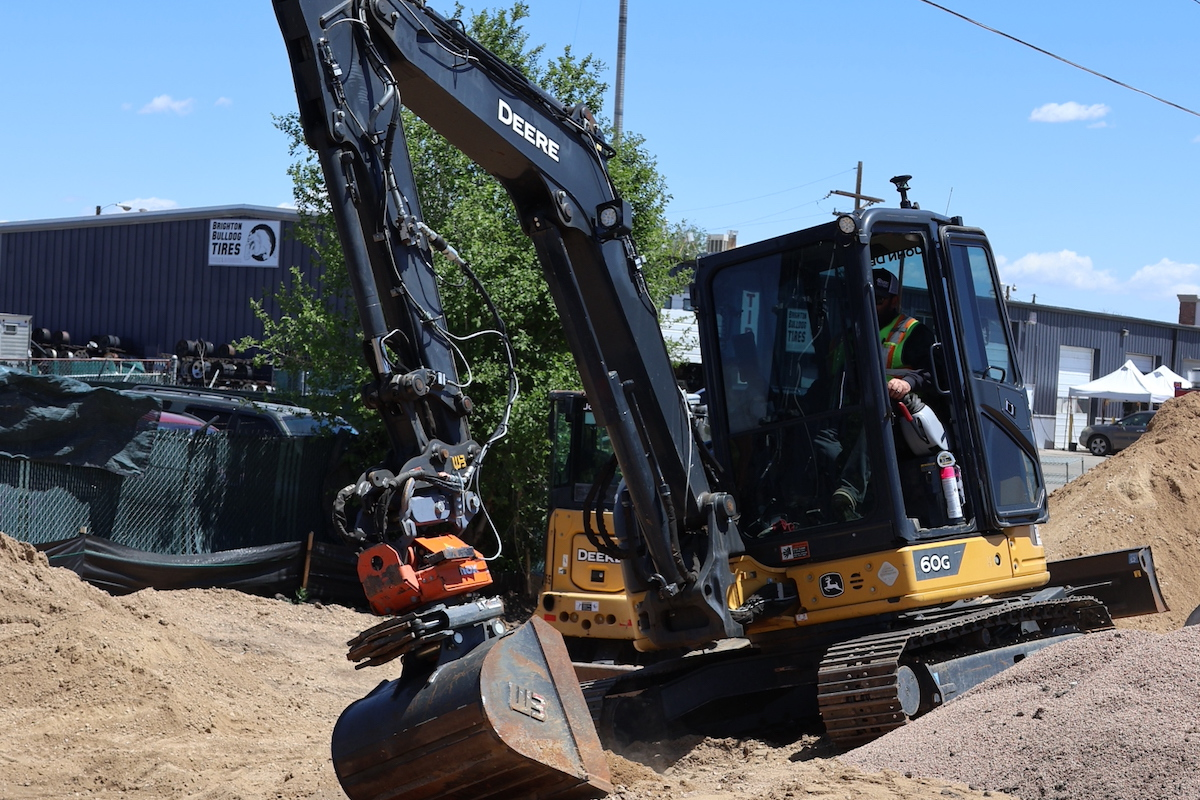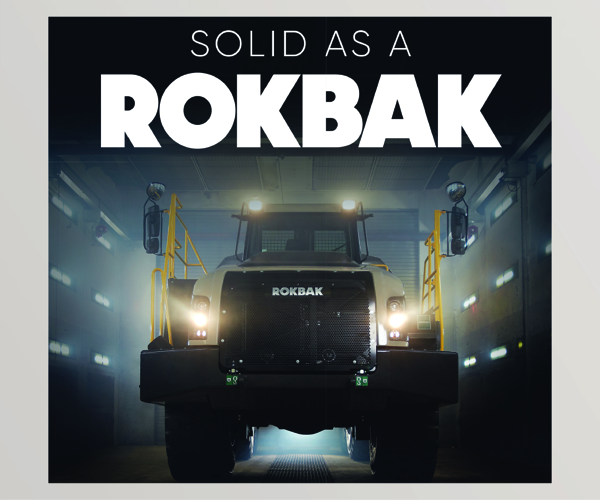While safety at construction sites continues to improve incrementally, the prevalence of falls, struck-by incidents, electrocutions, and caught-in/between hazards — the biggest causes of workplace injuries and fatalities — highlights the significant challenges the industry still faces.
These and other incidents present staggering costs to U.S. employers, to the tune of over a billion dollars a week in direct worker’s compensation costs. Despite this alarming statistic, many construction companies remain reactive rather than proactive in their approach to safety. The most obvious and important result of this reactive approach is the negative impact on worker health and safety. But a passive mindset also harms the bottom line of construction firms.
Many potential projects are becoming more stringent in their expectations for safety standards on work sites, and incident rates are being carefully evaluated by contractors. Without the right safety procedures, a company might not even be able to bid on a job, particularly with large general contractors expecting well above and beyond OSHA requirements.
For these reasons, the construction industry must shift its mindset toward safety, viewing it as a revenue driver rather than a cost center.
Falls are the leading cause of fatalities in construction, often resulting from inadequate use of personal protective equipment (PPE), lack of guardrails and safety nets, and unstable work surfaces. Preventing falls requires rigorous enforcement of PPE use, proper installation of guardrails, and ensuring stable and secure work environments.

| Your local Bobcat dealer |
|---|
| Ditch Witch West |
| Faris Machinery |
| Romco Equipment Co |
Struck-by incidents, which occur when workers are hit by moving vehicles or falling objects, can be mitigated through high-visibility clothing, the establishment of exclusion zones, and securing materials to prevent them from falling.
Electrocutions are another significant concern in construction, often stemming from improper training in electrical safety, use of non-insulated tools, and lack of regular inspections of electrical systems. Proper training, the use of insulated tools, and regular system checks are essential to prevent electrical hazards.
Caught-in/between hazards, where workers are trapped in or between machinery or materials, can be addressed by maintaining equipment, using machine guards, and training workers to recognize these dangers.
OSHA compliance is the cornerstone of a successful safety program. Understanding OSHA standards relevant to the construction industry is vital, as these standards cover a wide range of safety topics, including fall protection, scaffolding, and hazard communication.

| Your local Gomaco dealer |
|---|
| Faris Machinery |
Conducting regular safety inspections and audits helps identify potential hazards before they result in accidents, ensuring continuous compliance with OSHA regulations. Maintaining accurate records of workplace injuries and illnesses, as required by OSHA, helps in identifying trends and implementing corrective actions. Moreover, OSHA mandates specific training for workers in various safety areas. Ensuring that all employees receive this training is crucial for compliance and overall safety.
Creating a company culture where safety comes first requires a comprehensive approach that includes leadership commitment, employee involvement, continuous training, and accountability.
Managers should understand that fostering a deep safety culture is essential for future success. Leaders must visibly commit to safety through actions and policies, such as regular safety meetings, visible participation in safety programs, and allocation of resources to safety initiatives.
Workers should be encouraged to take an active role in safety through safety committees, suggestion programs, and open communication channels. Regularly updated training programs ensure that workers are aware of the latest safety practices and regulations, while clear safety expectations and accountability help maintain high safety standards.

| Your local Volvo Construction Equipment dealer |
|---|
| Faris Machinery |
As previously noted, most view safety standards as a cost center, which is the wrong viewpoint — especially in the construction industry.
A great way to start turning safety into a revenue driver is to collect data in early implementation phases of safety on the work site. Keeping track of what factors demonstrate value over time and allocating costs accordingly can be a big revenue saver, while still providing accurate and quality safety measures. Dividing costs by “safety-producing” and “safety-reacting” can help show where safety measures are lacking and where they may be over-implemented.
The most obvious way safety can be a revenue driver is simply if no one gets hurt. When there are zero injuries on the site, there are no lawsuits or medical bills to pay. The return on investment for safety implementation is then very high. The easiest way to do this is to implement fully effective safety measures on all job sites, despite original costs.
As an organization, we all want happy employees. A safe work environment contributes to higher employee satisfaction and productivity. Happy, healthy employees are generally more motivated and perform better, which reflects positively on the company and results in a stronger workforce.

| Your local Trimble Construction Division dealer |
|---|
| SITECH Rocky Mountain |
| SITECH Southwest |
| SITECH Northwest |
A company that prioritizes safety demonstrates a commitment to its employees’ well-being, which builds trust among customers, clients, and partners. The general public is more likely to support a business that shows they care about their workers.
Organizations known for safe work environments are often viewed as more ethical and responsible. This can enhance their public image and make them more attractive to potential employees, customers, and investors. Customers feel more confident partnering with or buying from businesses that have strong safety practices. It signals that the company is responsible and that it maintains high standards in all areas of its operations.
If you are looking for long-term success, a focus on safety contributes by preventing accidents that could lead to operational disruptions, financial losses, or negative media coverage. A strong safety record supports a stable and sustainable business model.
Adhering to safety regulations also helps a company avoid legal issues and penalties, which could otherwise damage its reputation. A company known for maintaining high safety standards is less likely to face costly legal troubles related to workplace accidents. These legal issues are often publicized in local news and social media, potentially causing negative traction toward a business.

| Your local Bobcat dealer |
|---|
| Ditch Witch West |
| Faris Machinery |
| Romco Equipment Co |
In contrast, companies that emphasize safety can leverage this in their marketing and public relations efforts. Positive stories about a company’s safety initiatives can be shared in the media, enhancing a company’s overall image and driving customers and potential new employees to the business.
Creating a safety-first culture inevitably involves overcoming resistance, especially from veteran employees who may feel that the old way of doing things is sufficient. Involving the team in safety initiatives and implementing suggestions from workers on the ground can increase buy-in and uptake.
Communication is paramount, with leadership conveying that everyone is accountable for safety, not just designated employees. Training practices should be thorough and understood, with managers ensuring that workers are trained in their native language and that no assumptions are made about prior training.
A strong safety culture won’t develop overnight, but with the foundation of training, communication, and understanding, employees and management can become competent and confident in all aspects of safety.

| Your local Bobcat dealer |
|---|
| Ditch Witch West |
| Faris Machinery |
| Romco Equipment Co |
By addressing common safety issues and adhering to OSHA standards, construction companies can create safer work environments, protect their workers, and enhance productivity. The payoff is profound: lower incident rates, reduced costs, and, most importantly, potentially saving lives.













